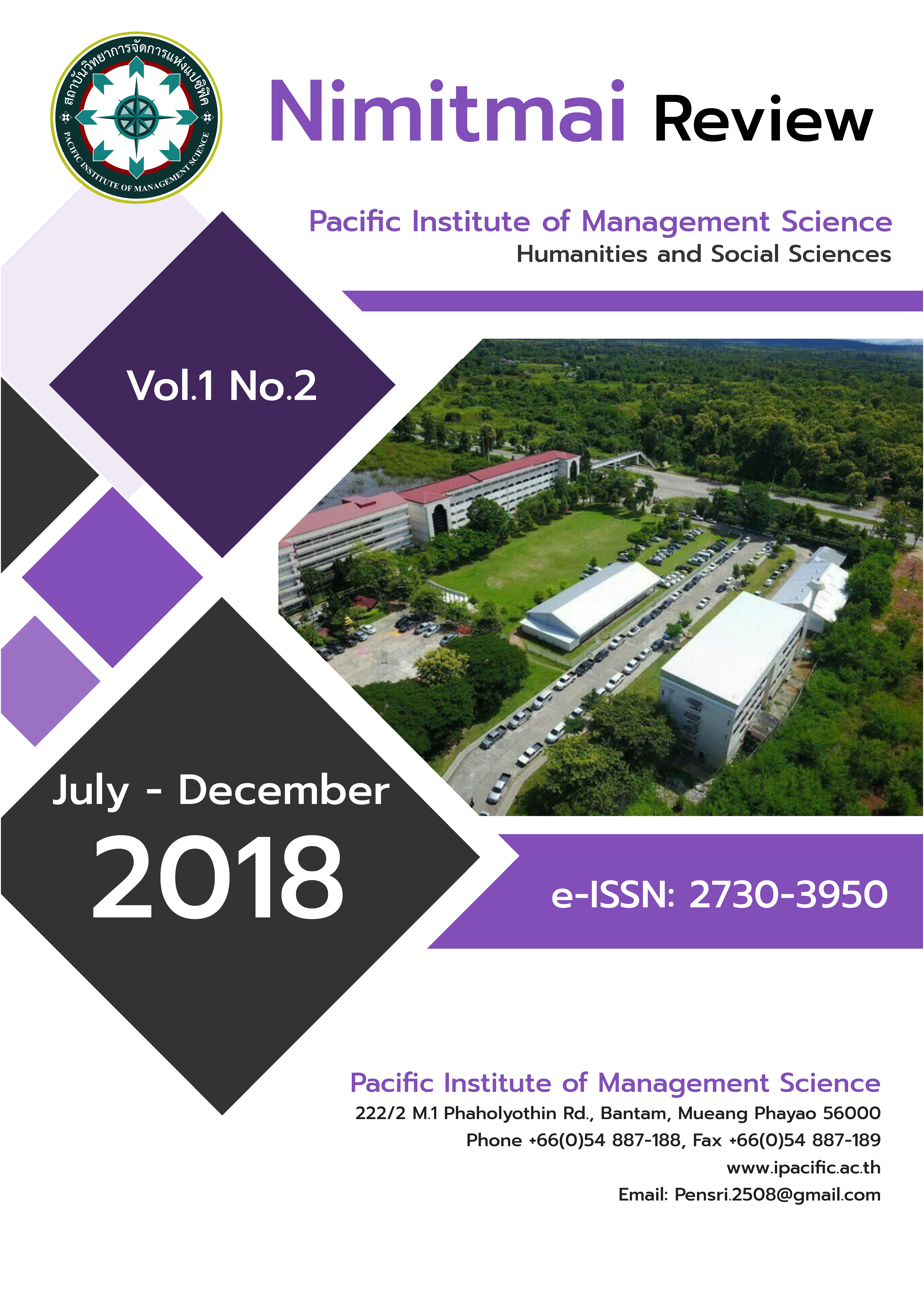TENTION OF PREVENTING ADOLESCENT PREGNANCY AMONG FEMALE JUNIOR HIGH SCHOOL STUDENTS IN PAK CHONG DISTRICT, NAKHON RATCHASIMA PROVINECE, THAILAND
Keywords:
Adolescent pregnancy , Intention , Self-efficacyAbstract
The purpose of this study was to identify factors associated with intention of preventing adolescent pregnancy among female junior high school students in Pak Chong district, Nakhon Ratchasima province, Thailand. A cross-sectional study was conducted in a school, Pak Chong district. 137 female junior high school students were selected by multistage sampling technique and completed a self-administered questionnaire with four main parts including socio-demographic factors, knowledge, perceived self-efficacy, and intention of preventing adolescent pregnancy. Chi-square test and Pearson correlation coefficient were used to analyze the association between independent and dependent variables with a statistical significance of p-value 0.05. The factors associated with intention of preventing adolescent pregnancy were: class year (p<0.001), family status (p=0.012), age (r=0.478, p=0.001), and perceived self-efficacy (r=0.236, p=0.005). Adolescents’ sexual and reproductive health must be supported which means providing access to comprehensive sexuality education. It also means empowering young people to know including the right to delay marriage and the right to refuse unwanted sexual advances.
References
Bandura, A. (1994). Self-efficacy. In V. S. Ramachandran (Ed.), Encyclopedia of human behavior (Vol. 4, pp. 71-81). New York: Academic Press. (Reprinted in H. Friedman [Ed.], Encyclopedia of mental health. San Diego: Academic Press, 1998).
Brent C. Miller. (2002). Family influences on adolescent sexual and contraceptive behavior. The Journal of Sex Research. 39(1), 22-26.
Bureau of Reproductive Health. (2017). The reproductive health situation in adolescent and youth 2016. Retrieved December 20, 2017, from http://rh.anamai.moph.go.th/main.php?filename=index.
Darroch J., Woog V., Bankole A., Ashford L.S. (2016). Adding it up: Costs and benefits of meeting the contraceptive needs of adolescents. New York: Guttmacher Institute.
Daniel WW, editor. (1999). Biostatistics: a foundation for analysis in the health sciences. (7th ed.). New York: John Wiley & Sons.
Ganchimeg T., et al. (2014). Pregnancy and childbirth outcomes among adolescent mothers: a World Health Organization multicounty study. Blog. 121(S Suppl 1), 40-8. Kumphangphan S. (2009). Psychosocial Factors Associated with Pregnancy of Teenage Women who received Prenatal Care in Siriraj Hospital. Clinical Psychology, Faculty of Science, Mahidol University, Bangkok.
Maddux, J. E., Sherer, M., & Rogers, R. W. (1982). Self-efficacy expectancy and outcome expectancy: Their relationship and their effects on behavioral intentions. Cognitive Therapy and Research, 6(2), 207-211.
Samano, R., Martinez-Rojano, H., Robichaux, D., Rodriguez-Ventura, A. L., Sanchez-Jimenez, B., de la Luz Hoyuela, M., Godínez, E., Segovia, S. (2017). Family context and individual situation of teens before, during, and after pregnancy in Mexico City. BMC Pregnancy Childbirth, 17(1), 382.
Taneepanichskul S. (2012). Unwanted pregnancy. In: Titapan W, editor. The crisis in perinatal medicine. Bangkok: P.A. Living Company.
Tumchuea, S. (2015). sexual behaviors and factors correlated with the intention of protection in teenage pregnancy, Saraburi province. Nursing Journal of the Ministry of Public Health. 25(1), 97-109.
UNFPA. (2015). Girlhood, not motherhood: Preventing adolescent pregnancy. New York: UNFPA.
UNFPA. (2017). Adolescent pregnancy. Retrieved December 20, 2017, from https://www.unfpa.org/adolescent-pregnancy.


